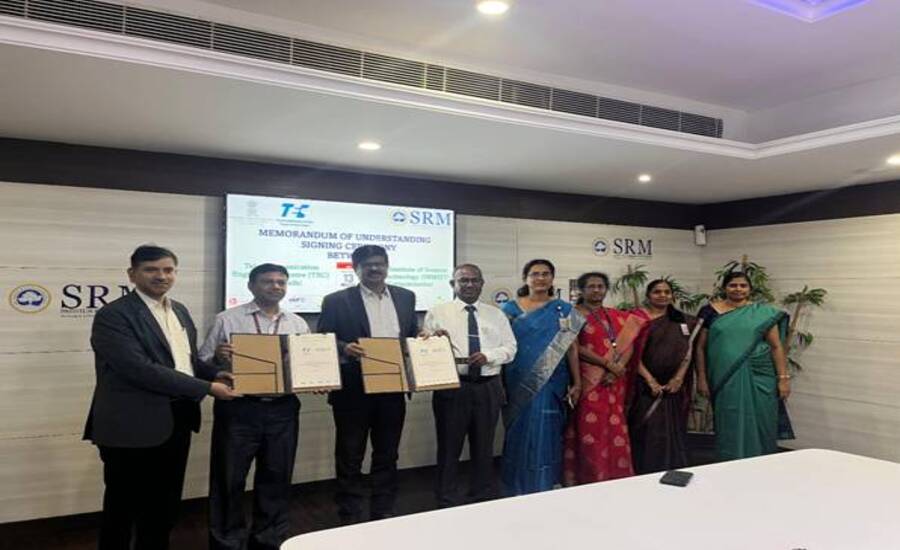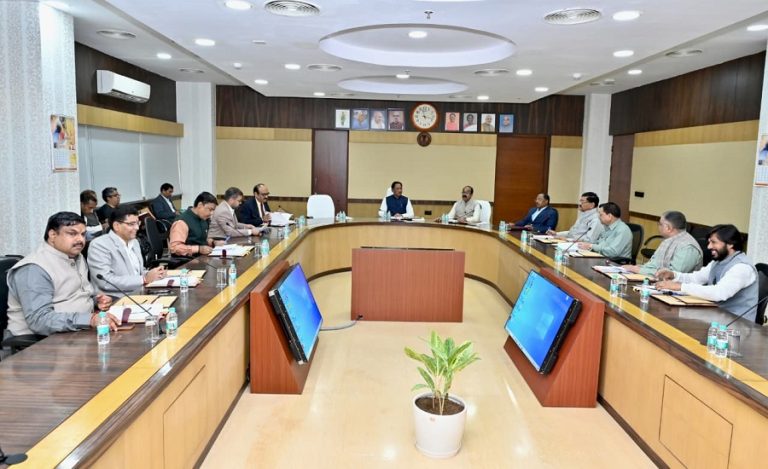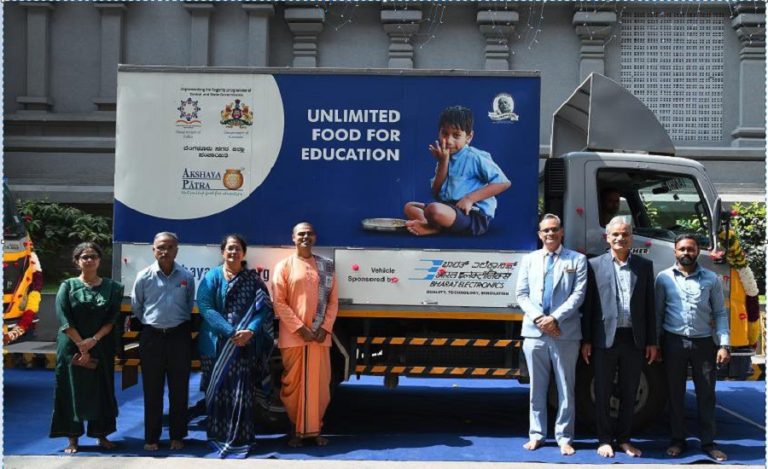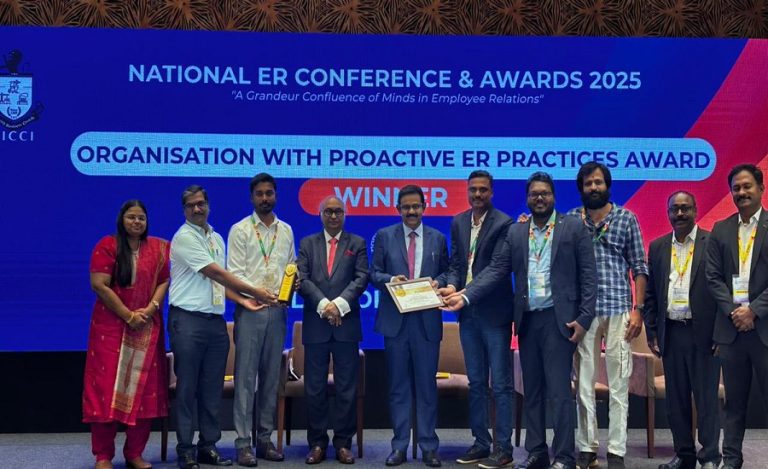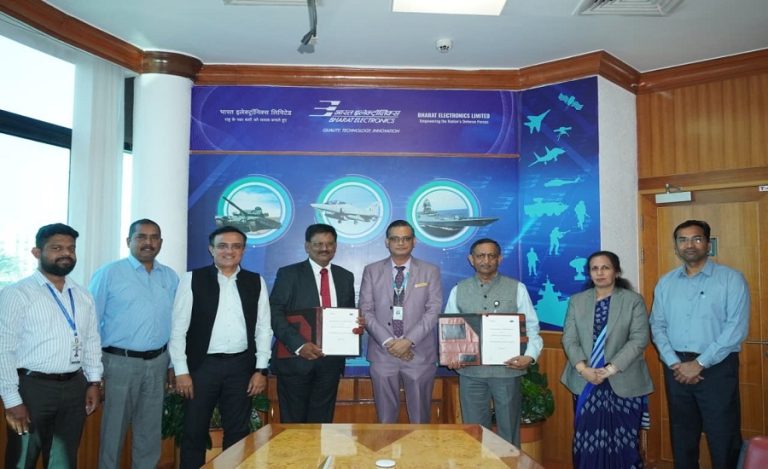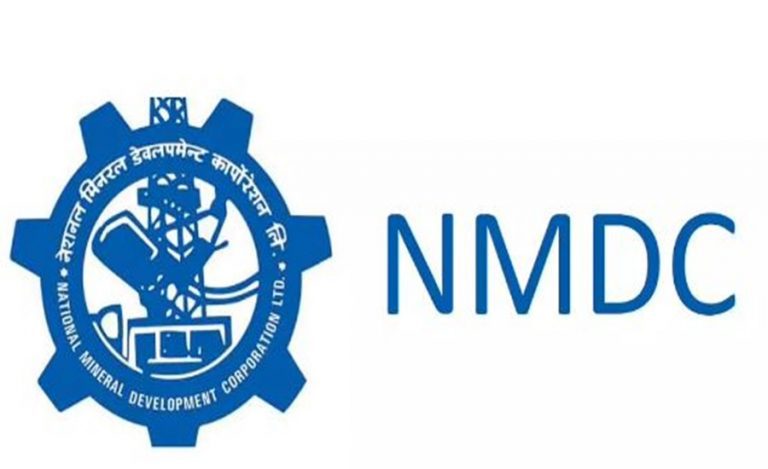New Delhi: In a significant stride towards an “Atmanirbhar Bharat” in telecommunications, the Telecommunication Engineering Centre (TEC), the technical arm of the Department of Telecommunications (DoT), and the SRM Institute of Science & Technology (SRMIST) have inked a Memorandum of Understanding (MoU) on 13 November 2025.
This alliance sets the stage for India to ramp up indigenous telecom research, manufacturing and global standards leadership.
Background of TEC SRMIST MoU
TEC is responsible for formulating technical standards, specifications and conformity assessment requirements for telecom equipment and networks in India.
SRMIST, founded in 1985 in Kattankulathur near Chennai, is a deemed-university with strong research capabilities in AI, cybersecurity, advanced telecommunications and quantum communications.
Read Also: India’s Next Telecom Leap: TEC-IIT Bombay MoU to Drive 6G, Satellite & Open-RAN Innovations in India
With global telecom moving fast towards 6G, non-terrestrial networks (NTN), quantum communications and Open RAN, India needs to accelerate its home-grown capabilities to keep pace and influence international standardisation.
Importance of the TEC SRMIST MoU
Indigenous R&D & Manufacturing Growth: The partnership aims to strengthen India’s telecom manufacturing ecosystem by developing India-specific standards, test frameworks and home-grown solutions.
Global Standardisation Influence: Through their joint work, India is positioning itself to make meaningful contributions to bodies like the International Telecommunication Union (ITU-T, ITU-D, ITU-R) and 3GPP, thereby enhancing its global voice.
Technologies of the Future: The collaboration covers areas such as 6G architecture, AI & generative models in telecom, quantum communication, edge AI, mmWave, optical communications, NTNs and Open RAN.
Strategic Autonomy: By having domestic capacities in place, India can reduce import dependence, improve security of telecom infrastructure and align with its national scheme of technological self-reliance.
Key Challenges to Watch
Rapid Technological Change: Keeping pace with global developments in 6G, quantum, terahertz and NTNs is resource-intensive and time-sensitive.
Standardisation Complexity: Global standard bodies involve many players; ensuring India’s voice is heard and technical contributions accepted requires significant preparation and coordination.
Manufacturing Ecosystem Gap: Bridging from research to large-scale manufacturing is non-trivial—requires supply chain, quality assurance, capital and regulatory support.
Talent & Infrastructure: High-end research demands skilled manpower, lab infrastructure and sustained funding; building this at scale is a challenge.
Key Implications
For Industry: Telecom equipment manufacturers and vendors in India may get access to newly developed India-specific test frameworks and standards, potentially lowering barriers to entry and boosting domestic supply chains.
For Academia & Research: SRMIST and other academic partners may get increased visibility, funding and collaboration opportunities in frontier telecom research.
For Policy & Economy: This MoU bolsters India’s national mission of technological independence, aids job creation in high-tech sectors and enhances national security of communications infrastructure.
For Consumers & Nation: Better and more secure telecom networks, more innovation, potential cost benefits as domestic manufacturing scales up, and leadership in future networks may accrue to India.
Way Forward
- Both organisations should design a clear timeline and milestones for research topics (6G, quantum, edge AI etc.), standardisation contributions and manufacturing outcomes.
- Bring in industry players (manufacturers, startups), other academic institutions and standardisation bodies into the fold to broaden impact.
- Invest in state-of-the-art labs and ramps for prototyping, testing and manufacturing of telecom hardware, especially in emerging domains like terahertz and optical communications.
- Once Indian standards and manufacturing capabilities mature, target global markets, especially developing economies, to export telecom equipment and solutions.
- Establish periodic review mechanisms for the MoU’s progress, publish key outcomes and adjust strategy based on changing global telecom dynamics.

